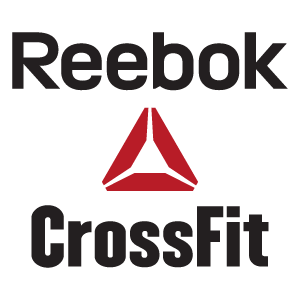There’s a new scoring system at the 2019 CrossFit Games—and no doubt it has most of us scratching our heads. Maybe you welcome the change. Or, perhaps it has you frustrated and missing the simplicity of last year’s structure. Regardless of where you stand on the topic, we created a breakdown to help you get a better feel of what to expect.
For starters, the number of competitors has grown tremendously in CrossFit’s attempt to broaden the field. To put things into perspective, last years Games started with 40 men and 40 women. This year, we are going into the start with 148 men and 134 women.
Moral of the story- there’s a lot of athletes crowding the Games.
With the number of competitors increasing, the scoring system had to be modified.
Let’s start with the basics. A fixed 100 points is always rewarded to 1st place. This is about the only thing that will stay the same in each event.
In event one, 2nd place will receive 98 points, followed by 3rd place receiving 96. It goes down from there in the same pattern (two less points) until we reach 28th place, who will receive 47 points. From there, scoring is decreased by one point for each following placement (29th will receive 46, followed by 45 points given to 30th). This pattern is continued until we reach the 75th place athlete. Below this placement, competitors will be eliminated and no longer competing in this year’s Games. This will immediately knock out half the field, bringing those large numbers down drastically.
From here, event two sticks with the same scoring system. However, the big difference here is that only the top 50 athletes will make it through, again significantly cutting the field down.
By the time we reach event three, the Games will consist of 100 athletes in total. And, the scoring system changes slightly, decreasing by two points for each placement all the way down to 50th place, with only 40 athletes in each field moving on.
In event 4, we see the scoring make a change once again. This time, positions after 1st place will decrease in points by three until we reach the 22nd finisher. Thereafter, points start decreasing by two, leaving us with 30 athletes to compete in the 5th event.
As we get closer to the finish line, the scoring system takes another adjustment. Points are divvied out in a decrease of four until we reach 14th place. Anyone after 14th place receives points decreasing by three. Once again, we lose the bottom ten competitors for the next event.
Event 6 will narrow us down to our final ten fittest athletes on earth, awarding each subsequent place five points less.
In the grand finale of fitness, athletes will miss out on a whopping 10 points to their next closest finisher.
If you’re not a numbers person, or gathered nothing else from this wordy article, at least leave with these two things:
1. The growth in point gaps as the competition progresses will make for a much more competitive field late in the game. This will significantly decrease the chances of athletes like Fraser pulling away from the field and only having to secure a win by avoiding catastrophic final events.
2. It’s up to Castro to have programmed some seriously well-rounded workouts that will make this competition fair and legitimate in producing the fittest person on earth. Without versatile events, this scoring system is likely to be skewed, favoring certain athlete’s strengths over others.
Some see this as the way forward, while others see it as unfair. But have no fear, these opinions will be heard loud and clear over the next few days as the events are broadcasted in several different languages and perspectives around the world. So, for now, sit back, try to relax and enjoy what is bound to be one interesting year at the Games.
Photo courtesy of CrossFit Inc.









